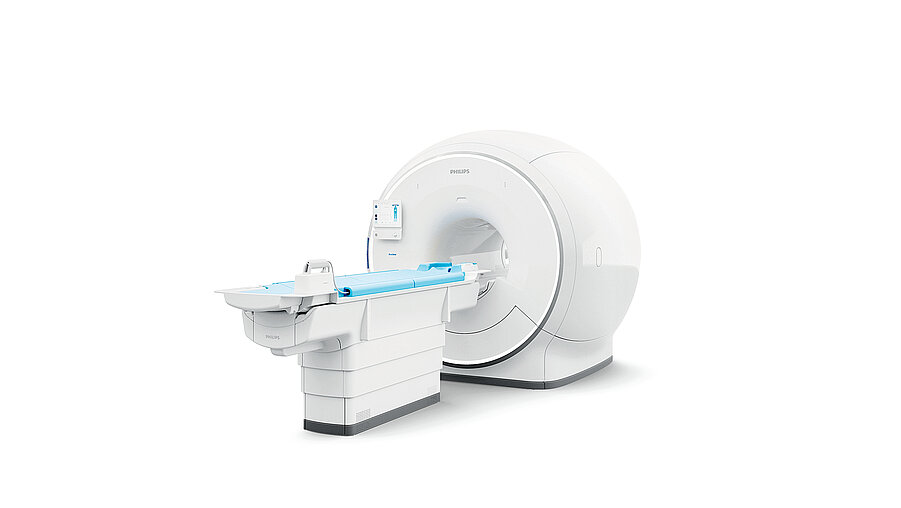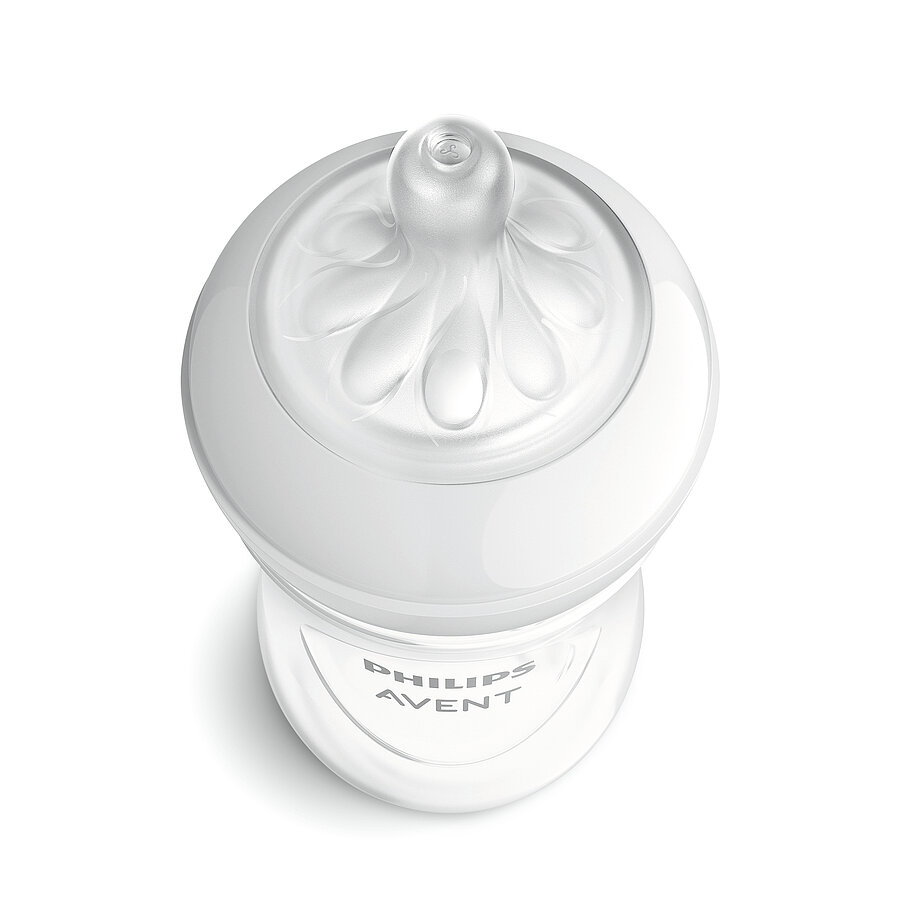
The success story of Philips has its origins in Eindhoven in the year 1890. Frederik Philips and his son Gerard had the entrepreneurial foresight to specialise in the development of reliable electrical light bulbs. Over the decades, these small sparks led to the development of a global company that combines technological know-how with a keen understanding of human needs. Innovative product development goes hand in hand with consistent brand management that is evident at all touchpoints. The Philips Experience Design team covers a wide range of disciplines: more than 700 designers work in 14 studios around the world – also in collaboration with suppliers and brand licensees – to ensure that both the product language and visual communications deliver an integrated brand experience. “Our design philosophy is primarily based on empathy – we genuinely want to understand people and their needs.” The Philips Domestic Appliances Experience Design team also follows this guiding principle. It is responsible for bringing innovative packaging concepts such as the Eco Conscious Edition to life. This is also where the company’s sense of responsibility for environmental issues becomes evident: people are the focal point for all design solutions which, in parallel, aim to deliver greater sustainability. “The Eco Conscious Edition proves itself in many respects. This is no case of greenwashing. The material is sustainable, and the product is presented in the best possible way. With solutions such as these, an international corporation like Philips can truly be a gamechanger for sustainability”, the jury said.
Interview with Philips
Red Dot: In the Philips Eco Conscious Edition, not only the packaging but also the products themselves were designed with sustainability in mind. Are product and communication design much more closely interlaced today?
Philips: Yes, we make sure that the communication design angle is addressed during the product development and design stages. We see this as one of the conditions for delivering a coherent and concise brand experience for the consumer.
What are the biggest challenges in developing sustainable packaging?
There are so many factors and dynamics to sustainable packaging that it makes each development or challenge different. This time, our biggest challenge was to find a unique and distinctive creative direction for printing and material solutions that was aesthetically appealing, used non-virgin material and was true to our sustainability promise. And as an extra challenge … it could not result in any extra costs.
Do you think our aesthetic sensibilities have changed because of the strong desire for more sustainability?
Yes, for a while now consumers have been demanding that brands and companies step up their sustainability efforts. These efforts also have to be expressed through proposition developments and therefore, not only product but also communication design aesthetics.
What role do you think haptics play – also in terms of how we perceive sustainability?
Haptics or touch play a major role in how we perceive a product or packaging. The material choice we made was also driven by how it feels and could contribute to communicating our sustainability message.
Design can change the world in terms of sustainability because …
… design is about creating value and there is huge value in, and an urgent need for, reducing our environmental impact.















![[Translate to English:] [Translate to English:]](/fileadmin/_processed_/4/5/csm_91-01189-2022BC.0837511_CO_3ecdaf6495.jpg)

